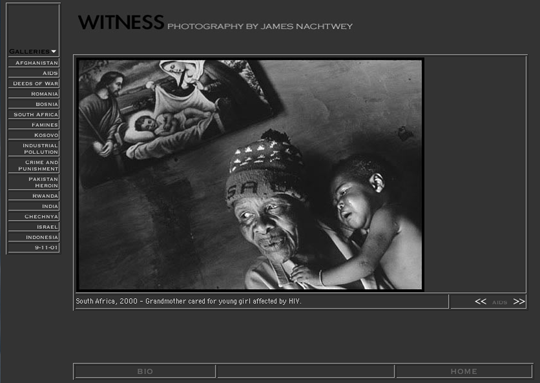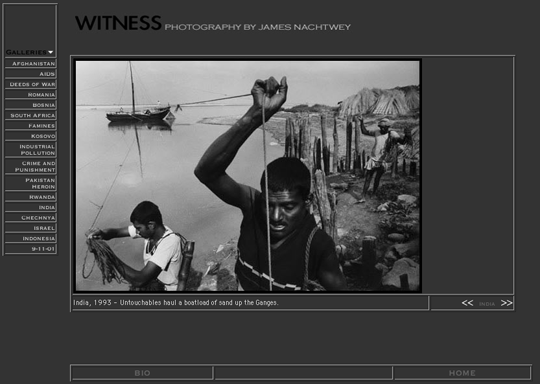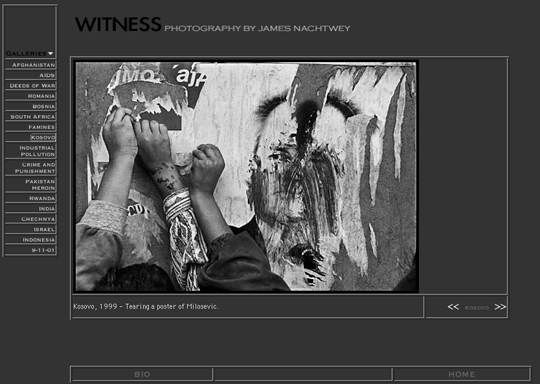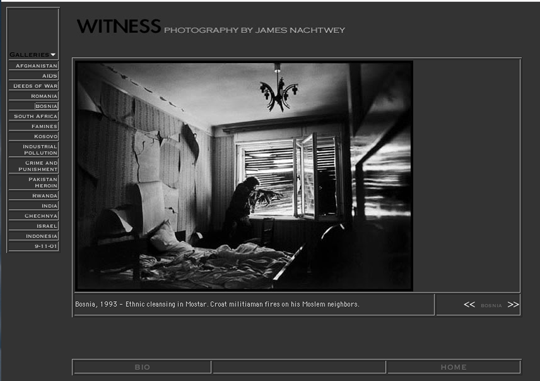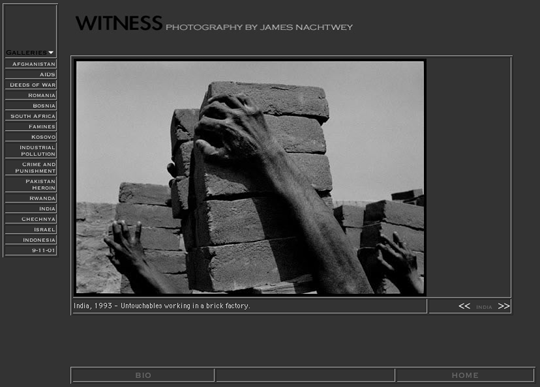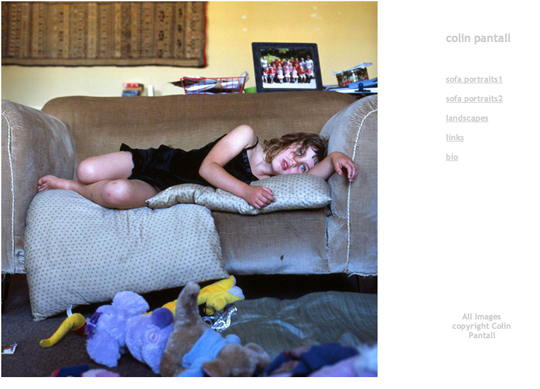Agents are of course the best way to find photographers. Sometimes when I’m in a huge hurry to find someone in a city that’s not LA or NY on photoserve, I just look for listings with an agent so I don’t have to click on every single link. I posted my list of photography agents over on the sidebar (here) for anyone who wants to browse them. For a photo editor a really good agent is like having an extra person in your office. You place the same trust in their skills that the editor or creative director places in mine so their ass is on the line too. Ha.
There’s 3 basic types of agent I deal with. Editorial friendly, advertising heavy and fashion flacks.
Editorial friendly agents know their photographers love to shoot editorial and will bend over backwards to accommodate any job. They can juggle the tightest schedule to land a shoot, are quickly back with an answer about availability, let you challenge a first hold and have several other capable photographers available should your first choice fall through. All this for a paltry cut of the $500/day fee. Since these shooters take so many editorial jobs I always try and accommodate when an advertising job suddenly lands on dates I’ve confirmed.
Advertising heavy agents tend to favor shoots with $$$ attached to them. I’ve got no problem with this at all, everyone needs to pay the bills, but some of these agent will stall you for days as they try and get the advertising jobs to land while keeping the editorial option alive. It’s really impossible to challenge a first hold and sometimes it’s impossible to get the agent on the phone to see what the hell is going on. Sometimes I just let it slide because these ad jobs can be a bit finicky but when I get burned I’ve lost 2 or 3 days and still don’t have a photographer.
Fashion flacks primary job is steering their photographers career and that means investigating any potential editorial jobs to see how they will benefit the photographers climb to the top of the fashion food chain. Who can blame them really, the fashion industry feeds heavily on the perception of cool and photographers who want to land the next big campaign or high profile editorial spread need to pay careful attention to their image. Get caught shooting for an uncool magazine or having your brilliant photos hacked to death by an incompetent photography director and you’re off the list.
Jackonary asked a few questions in a post (here):
Hey APE while we are at it and now that I am representation free whats your feeling on agents, are they a help or a hindrance, do you prefer to deal with them or the photographer direct and if you are not so keen on an agency in general does that taint your view of the individual talent. Does it help your cause if you are on an uber roster. Do you feel more safe and secure if the photographer has a safety blanket of support or do you just not care. Oh and do you huck agency promos in the trash too ! I would love to hear about your experiences and I think it may be enlightening. Any advice and insight would be appreciated as I go through my own transition. I don’t think you have really posted heavily on this topic yet.
When picking a photographer for the most part I don’t pay attention to who the agent is or even if they have one. Landing the photographer I’ve picked can sometimes be challenging if the agent doesn’t like the shoot or there’s big ad jobs floating as I indicated above.
I usually always go through the agent especially with photographers I have a long standing relationship with. That way if a photographer is not interested in a job the agent can turn me down and that always seems to work out better for everyone.
I think having a ringer photographer on the agency roster is critical. It gets your agent on everyone’s list and there’s just more of a chance someone will bump into you. There’s also a little bit of unspoken horse trading that goes on where hooking up the other photographers on the roster will give you a crack at the big shot.
I don’t really huck agency promos in the trash because they’re so expensive to create and I really feel bad doing it.
When you’re looking for a new agent I would look closely at the other photographers to get a feel for their taste in photography and then see what kind of jobs their other photographers are getting because that’s a pretty good indicator of the types of clients that have the agent on speed dial. Most of the agents out there have photographers who’s work kinda hangs together in one way or another and I think that has to do with their likes and dislikes and their ability to sell a particular style.
In the end the best agents have a little bit of each trait I described above. They manage the editorial clients well by keeping the process transparent, they keep the advertising clients happy by letting them float around the schedule at will and help photographers make smart decisions to steer their career.
The first time I ran into one of these really great agents I was putting a shoot together and kept trying to cut all these corners to save a little money here and there and the agent refused to allow it in the nicest way by saying “I just don’t think it will turn out the way you want if we do that.” After it was all over and the shoot turned out great I realized she was protecting her photographer because if the shoot failed I’m no longer a client and even worse if the shoot failed and I published the results many future clients will be lost.
